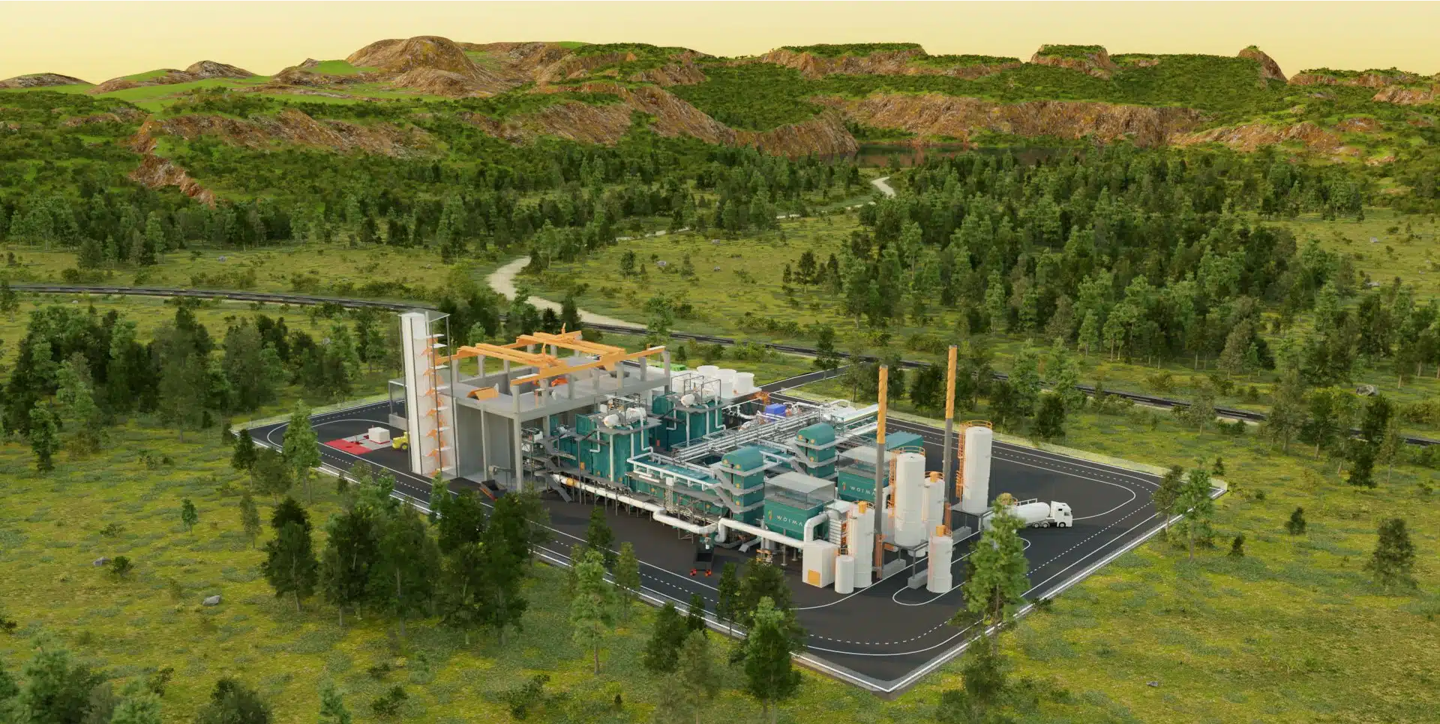
Have you ever wondered what happens to all the trash you throw away?
Some of it is being turned into energy. Waste-to-energy is a process that takes
the waste we generate and uses it to create power in the form of electricity or
heat. This innovative technology helps to reduce the amount of waste in
landfills and provides a sustainable source of energy. Let’s explore how
waste-to-energy is turning trash into power.
Basic Idea of Turning Trash into
Power
Turning trash into power means converting waste materials into usable
energy, like electricity or heat. There are different methods for generating
energy from waste, such as incineration, gasification, and anaerobic digestion.
These methods involve burning waste for heat, converting waste into synthetic
gas, or breaking down waste materials in an oxygen-free environment to produce
biogas.
Waste-to-energy can be used in everyday life to provide a renewable
energy source for homes, businesses, and even vehicles. It also helps reduce
the amount of waste sent to landfills, minimizing the environmental impact of
waste disposal.
Different Ways to Make Energy
from Waste
There are different ways to make energy from waste. Some methods include
incineration, pyrolysis, gasification, and anaerobic digestion.
Incineration burns waste at high temperatures to produce electricity.
Pyrolysis and gasification use heat to convert waste into syngas, which can be
used as fuel. Anaerobic digestion breaks down organic waste to create biogas
for heating or electricity.
Waste-to-energy helps the environment by reducing landfill waste,
cutting greenhouse gas emissions, and providing renewable energy. It also
creates jobs and helps reduce air and water pollution.
However, implementing
waste-to-energy faces challenges like high initial costs, regulatory barriers,
and public opposition due to air quality and health concerns. The technology
also needs careful monitoring and control to minimize environmental impact and
manage waste properly.